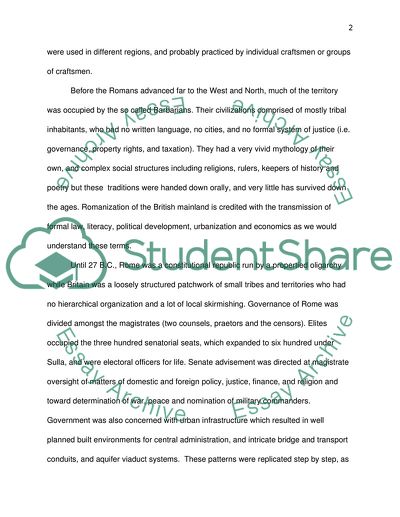Cite this document
(The Range of Mosaics Used in Romano-British Culture Coursework, n.d.)
The Range of Mosaics Used in Romano-British Culture Coursework. Retrieved from https://studentshare.org/history/1738593-what-is-the-range-of-iconography-used-on-romano-british-villas-during-the-4th-century-ad
The Range of Mosaics Used in Romano-British Culture Coursework. Retrieved from https://studentshare.org/history/1738593-what-is-the-range-of-iconography-used-on-romano-british-villas-during-the-4th-century-ad
(The Range of Mosaics Used in Romano-British Culture Coursework)
The Range of Mosaics Used in Romano-British Culture Coursework. https://studentshare.org/history/1738593-what-is-the-range-of-iconography-used-on-romano-british-villas-during-the-4th-century-ad.
The Range of Mosaics Used in Romano-British Culture Coursework. https://studentshare.org/history/1738593-what-is-the-range-of-iconography-used-on-romano-british-villas-during-the-4th-century-ad.
“The Range of Mosaics Used in Romano-British Culture Coursework”, n.d. https://studentshare.org/history/1738593-what-is-the-range-of-iconography-used-on-romano-british-villas-during-the-4th-century-ad.


